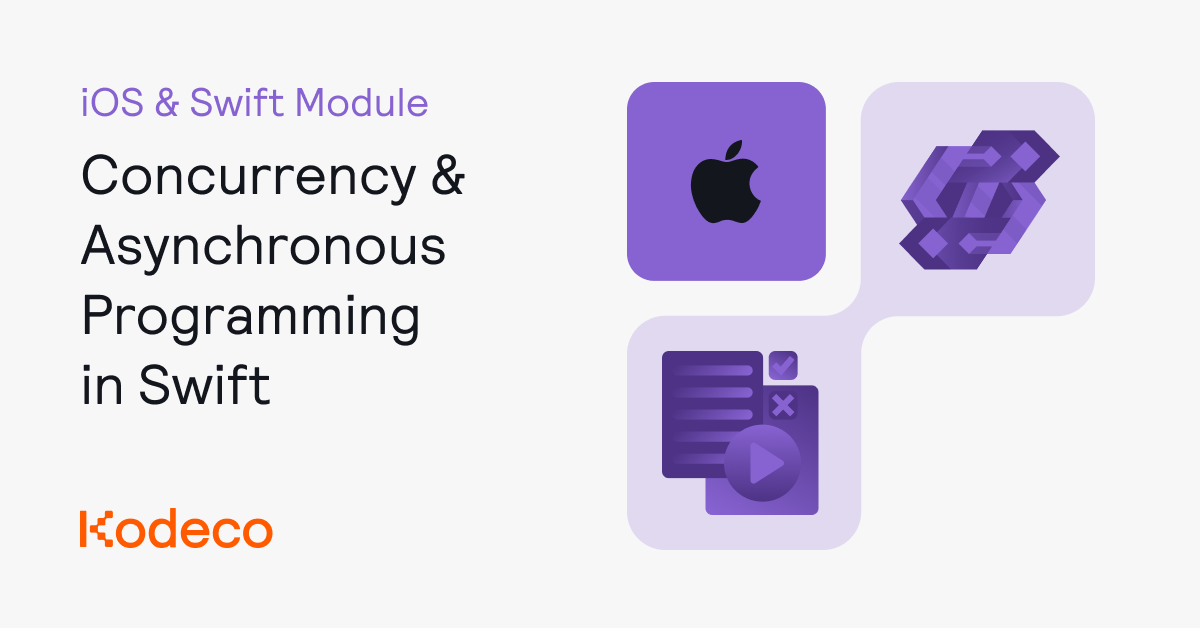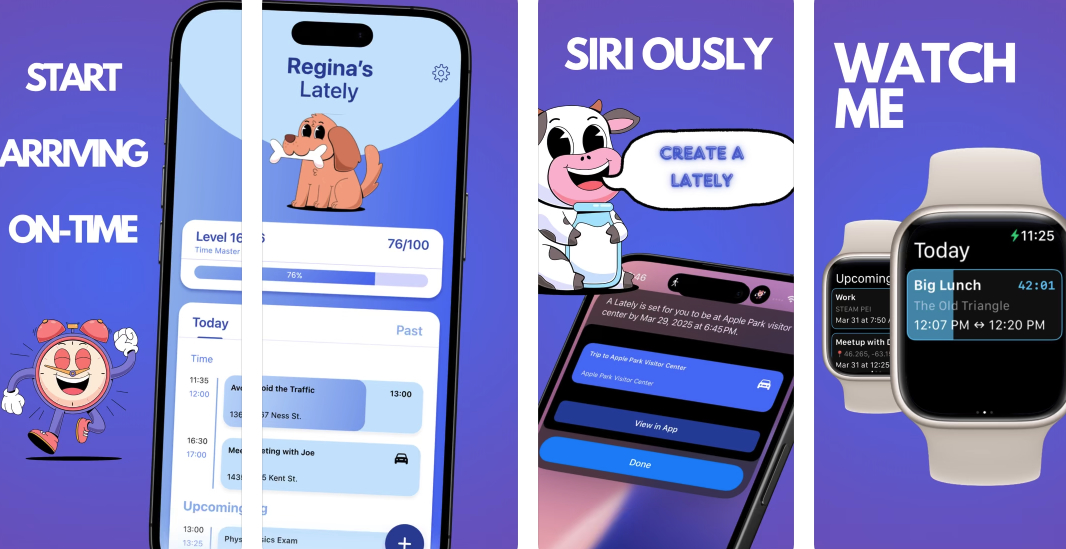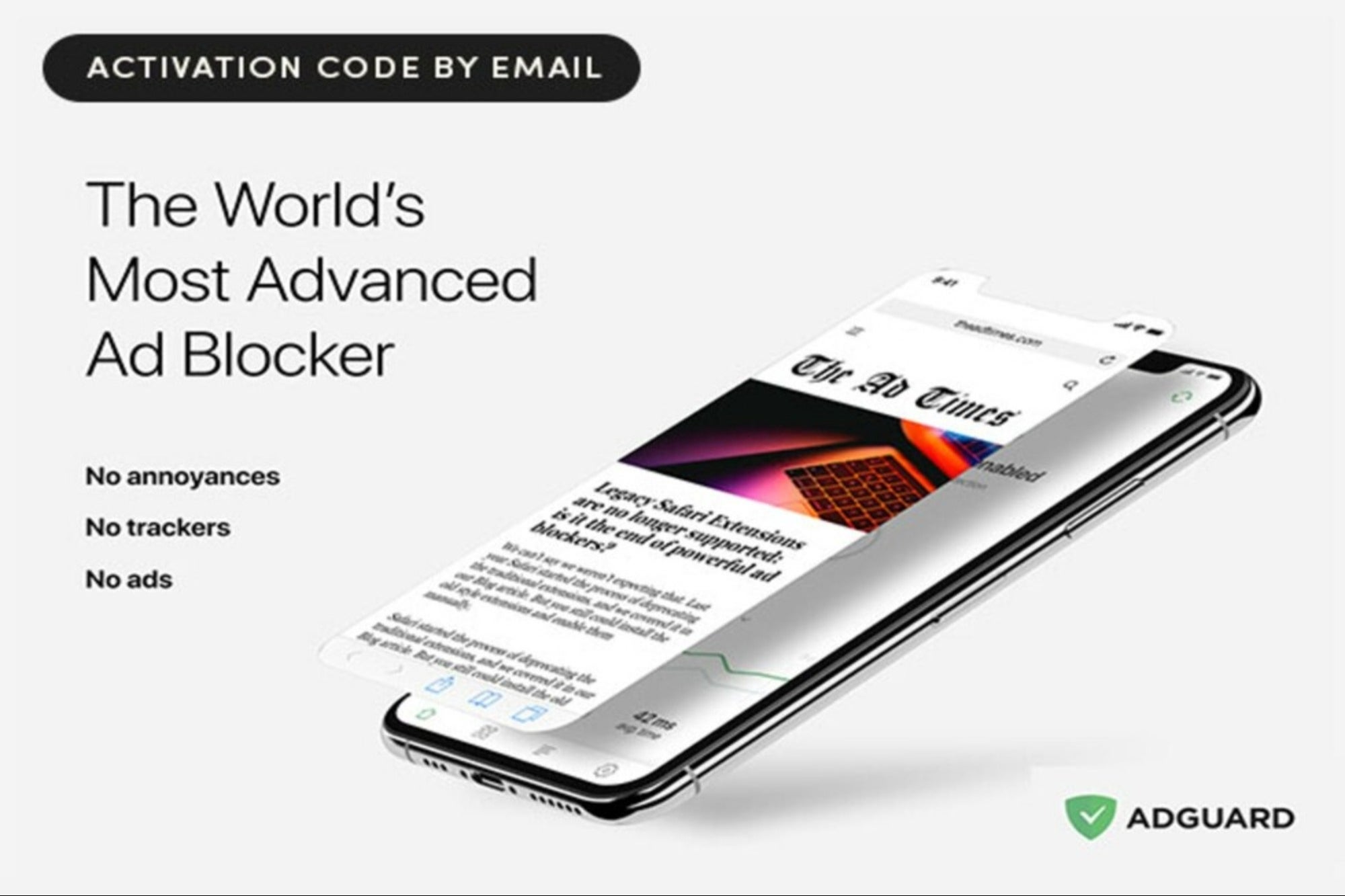As a CFO, you’re tasked with finding efficiency, reducing risk, and driving long-term value. Customer experience might not always show up on a balance sheet—but its impact is deeply financial. From churn reduction to margin expansion, great CX delivers measurable business outcomes that finance leaders can’t afford to ignore.
Taken together, strong customer experience adds tremendous, tangible business value. In this post we are talking about five of the most important benefits of a great customer experience.
The following post references our latest e-guide, “The CFO’s Guide to CX: Boost Revenue & Cut Costs”. To download the free e-guide, click here!
1. Improved retention rates and reduce churn
Retention is top of mind for just about every CFO right now as businesses and consumers are tightening wallets and cutting down on spending. Successful CX programs improve customer retention by delivering consistent, high-quality interactions. Whether it’s resolving issues on the first touch, personalizing outreach across channels, or closing the loop on feedback, every great experience strengthens loyalty.
A strong CX strategy also helps uncover the real reasons behind customer attrition. By analyzing survey results, support conversations, social media feedback, and review sites, teams can spot the warning signs of dissatisfaction early.
Modern text analysis tools surface patterns across thousands of open-ended responses. This allows brands to proactively engage with at-risk customers, resolve root issues, and demonstrate that feedback is valued—often before a customer decides to leave. Lower churn not only preserves revenue but protects brand reputation in the long term.
Retention stems from trust. And trust is earned when customers feel heard, valued, and understood, every single time. When customers stay longer, the lifetime value of each relationship increases, making every dollar invested in CX a smart one.
2. Cost-reduction impacts
Better retention and less customer churn both directly translate to lower costs. In fact, according to Forbes:
- Retained customers cost significantly less than acquiring new ones—up to 5x less, according to Forbes.
- A mere 2% increase in retention can reduce overall costs by 10%.
Additionally, CX initiatives often identify bottlenecks and process inefficiencies, while reducing expensive escalations. Happy customers require fewer support resources, refunds, and replacements. Open feedback loops help identify issues before they become costly. And lower churn means less time, money, and energy spent on reacquiring old customers.
3. Higher customer lifetime value
It’s not just more cost-effective to retain existing customers—those customers also generate more value over time. In fact, the likelihood of selling to an existing customer is up to 14 times higherthan selling to a new one.
Satisfied customers buy more frequently, are more receptive to cross-sell and upsell opportunities, and often become brand advocates, extending your reach without additional marketing spend. Each of these behaviors directly supports key business goals, and all are driven by a strong customer experience.
4. Build brand-equity
An eMarketer study found that for U.S. adults, the most important factor influencing purchasing decisions is knowing and trusting a brand, cited by 57% of respondents. “Recommendations from friends or family” came in a distant second at 12%. Both are deeply shaped by customer experience.
Exceptional CX builds brand equity by creating emotional connections through consistent, positive interactions. It turns satisfied customers into advocates and differentiates the brand through personalized, high-quality engagement.
According to Harvard Business Review, companies with well-defined brand strategies can see revenue growth of 10–20%. A strong customer experience is a critical part of that broader strategy.
5. Greater profitability
Taken together, these outcomes roll up to Finance’s favorite words: revenue and profit. Great CX enables businesses to retain more customers, at lower cost, for a longer time, who spend more money, and tell their friends about the brand. That, in turn, leads to greater profitability. It’s no surprise that a Harvard Business Review analysis found that “Customers who had the best past experiences spend 140% more compared to those who had the poorest past experiences.”
Continue reading
There’s never been a more important time to invest in customer experience—and right now is a critical moment for CFOs to prioritize the investments that will drive long-term value
Want to continue reading? Download “The CFO’s Guide to CX: Boost Revenue & Cut Costs”.
In this guide, we cover:
- The compelling case for investing in customer experience
- A financial framework for linking CX metrics to business growth
- The CFO’s role in the future of CX
- 7 questions CFOs should ask when evaluating CX software
Or if you want to see how Alchemer can help you improve and scale your CX programs, checkout out some of our other resources or request a demo!
















